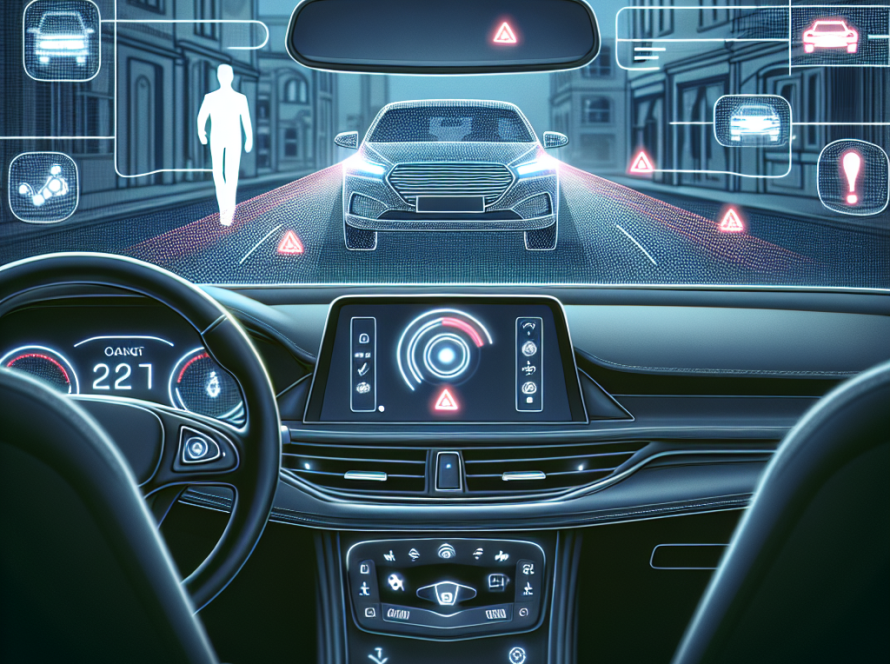Understanding Blind Spot Warning Systems
Navigating the roads safely requires more than just keeping your eyes on the road. Blind spots, those tricky areas outside your usual field of vision, pose significant risks to drivers. Fortunately, modern technology offers a solution: blind spot warning systems. But how do these systems work, and what benefits do they provide?
How Does Blind Spot Monitoring Work?
Blind spot monitoring systems are designed to alert drivers to vehicles approaching their blind spots. These systems employ sensors, typically radar or ultrasonic, placed around the sides and rear of the vehicle. When a vehicle enters the blind spot, the sensors detect its presence.
Once a vehicle is detected, the system triggers a warning signal, often a light on the side mirror, known as the blind spot warning light. This visual cue is sometimes accompanied by an audible alert or vibrations in the steering wheel or seat, ensuring the driver is aware of the potential hazard without taking their eyes off the road.
The Role of the Side Mirror Warning Light
The side mirror warning light is a crucial component of the blind spot alert system. This light, usually located on the side mirrors, is designed to catch the driver’s attention easily. When the system detects a vehicle in the blind spot, the light illuminates, providing a clear, instant warning. This prompt allows drivers to make informed decisions, such as delaying a lane change until the adjacent lane is clear.
Advantages of Blind Spot Detection
Blind spot detection systems offer numerous safety benefits. Here are some key advantages:
- Enhanced Awareness: These systems provide an additional layer of awareness, alerting drivers to vehicles they might not see in their mirrors.
- Reduced Accidents: By warning drivers of potential dangers, blind spot monitors help prevent collisions during lane changes.
- Increased Confidence: Drivers, especially those new to driving or unfamiliar with certain vehicles, can drive with more confidence knowing that their blind spots are monitored.
- Assistance in High-Traffic Situations: In heavy traffic, where frequent lane changes are necessary, these systems are invaluable in maintaining safety.
How Do Blind Spot Monitors Work in Various Conditions?
Blind spot monitors are generally reliable across different driving conditions, including nighttime and adverse weather. However, their effectiveness can be influenced by certain factors, such as:
- Sensor Obstruction: Dirt or debris on the sensors may affect their performance. Regular cleaning is advised to maintain optimal functionality.
- Extreme Weather: Heavy rain or fog might impact sensor accuracy temporarily, although modern systems are designed to minimize these effects.
By understanding blind spot warning systems, drivers can better appreciate how these technologies enhance safety on the road. Whether you’re driving in bustling city traffic or cruising on the highway, these systems play an essential role in modern vehicle safety. Embrace the technology, and drive with added peace of mind.



